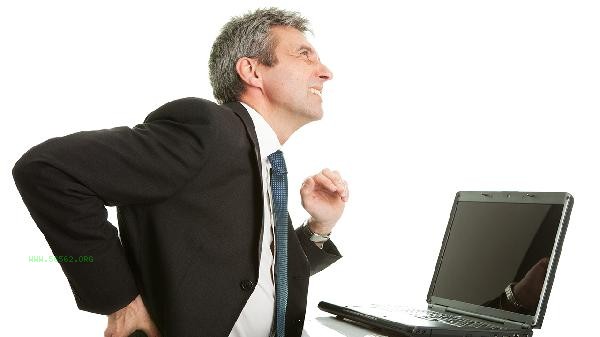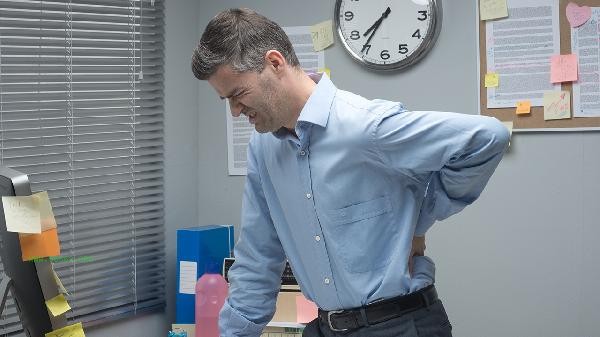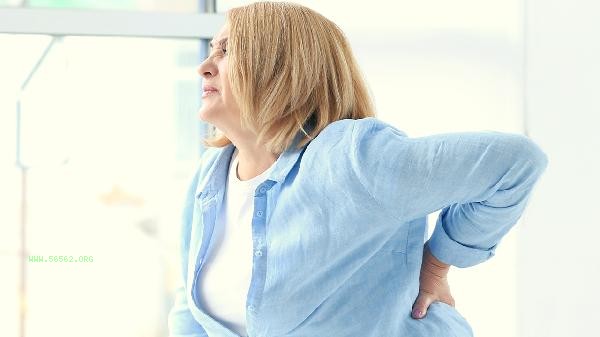Middle aged and elderly people can exercise their waist strength through bridge exercises, side lying leg lifts, cat and cow stretching, wall squats, swimming, and other methods. These methods can enhance the stability of the core muscle group, improve lumbar flexibility, and avoid sports injuries.

1. Bridge Exercise
Lying down, bending the knees, and lifting the hips is a basic training movement. The distance between the feet is shoulder width, and slowly lift the hips to form a straight line with the shoulders, hips, and knees. Hold for a few seconds and then fall back. This action can activate the erector spinae and gluteus maximus muscles, and improve pelvic tilt. In the early stages of training, a soft towel can be placed under the waist to reduce pressure on the lumbar spine. Practice 3 times a week, with 3 groups per session and 10 sessions per group.
2. Side lying and leg lifting
Single side leg lifting exercises the quadratus lumborum and oblique abdominis muscles, slowly lifting the lower limbs up by about 30 degrees. This action can enhance the lateral stability of the lumbar spine and prevent unilateral compression of the intervertebral disc. Pay attention to keeping the pelvis fixed to avoid compensation, and tie sandbags at the knees to increase weight. Cooperate with abdominal breathing during training, and the effect is better when exhaling and lifting the leg to inhale and then falling back.
3. Cat Cow Stretching
Perform alternating spinal flexion and extension exercises in a kneeling position, such as exhaling and contracting the abdomen when the cat arches its back, and inhaling and lifting the chest when the cow collapses its waist. This dynamic stretching can improve intervertebral joint mobility and alleviate lumbar stiffness caused by prolonged sitting. The movement should be slowly controlled in amplitude, and those with spinal stenosis should avoid excessive backward tilting. It is recommended to practice for 5 minutes after waking up in the morning or sitting for a long time.

4. Squat against the wall
Slowly squat with your back against the wall until your thighs are parallel to the ground, with a focus on keeping your waist close to the wall. This static training can enhance the ability of the quadriceps and lumbar back to work together, reducing the lumbar load during daily bending. People with knee joint pain can reduce their squatting range or use a yoga ball placed under their buttocks to assist in support.
5. Swimming
Water sports can reduce joint burden, and breaststroke and backstroke are particularly suitable for exercising the lower back muscles. The resistance of water provides all-around muscle training, while buoyancy helps maintain the neutral position of the spine. Twice a week, for 30 minutes each time, it will take effect. Pay attention to warming up before going into the water and avoid sudden turning movements. The exercise of the waist for middle-aged and elderly people should follow the principle of gradual progress, starting from low-intensity static training and gradually increasing dynamic movements. Before and after training, a 10 minute waist hot compress or slow walking warm-up should be applied, and any pain should be immediately stopped. Cooperate with supplementing calcium and vitamin D, and avoid lifting heavy objects and sudden twisting movements in daily life. Osteoporosis patients are advised to use elastic band training under the guidance of a rehabilitation therapist, and lumbar strength exercises are prohibited during the acute phase of lumbar disc herniation. Persisting in regular exercise for three months can significantly improve lower back pain and restricted mobility.





Comments (0)
Leave a Comment
No comments yet
Be the first to share your thoughts!